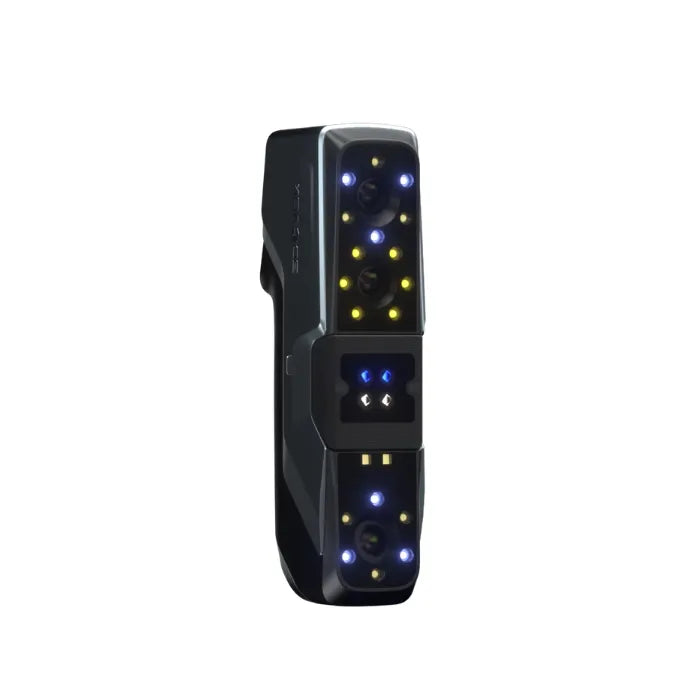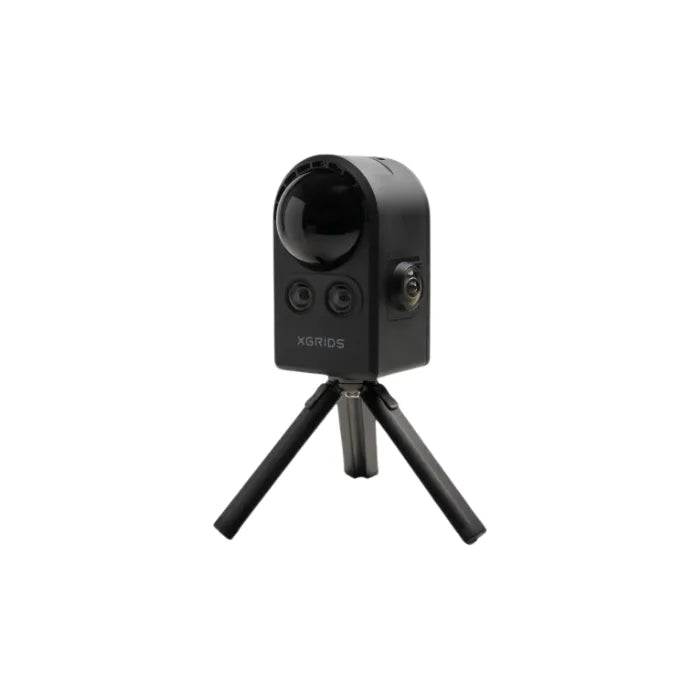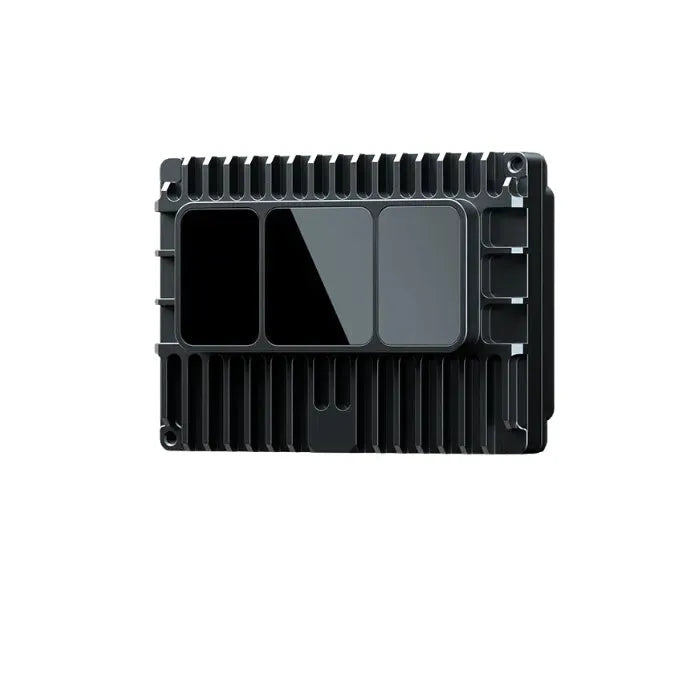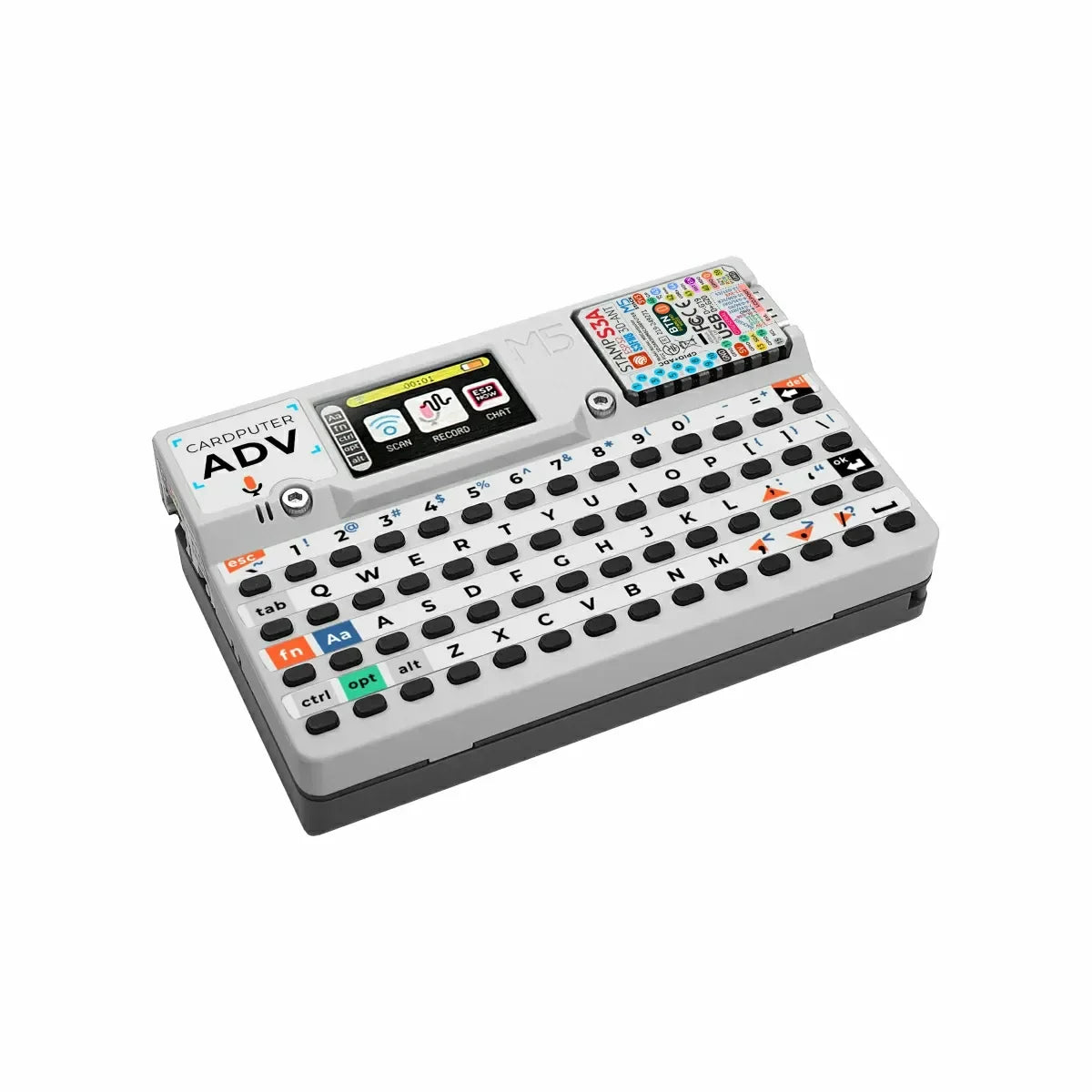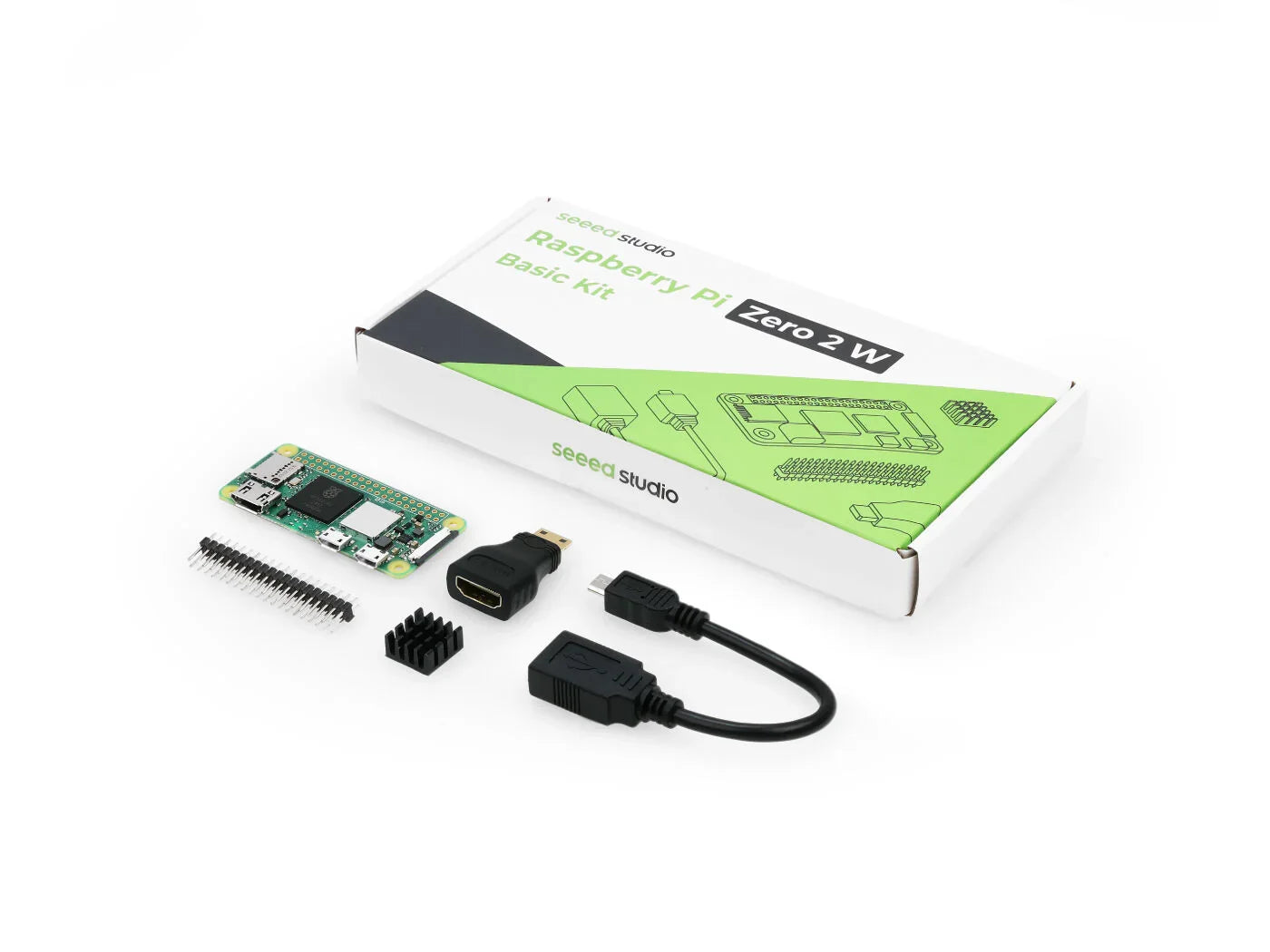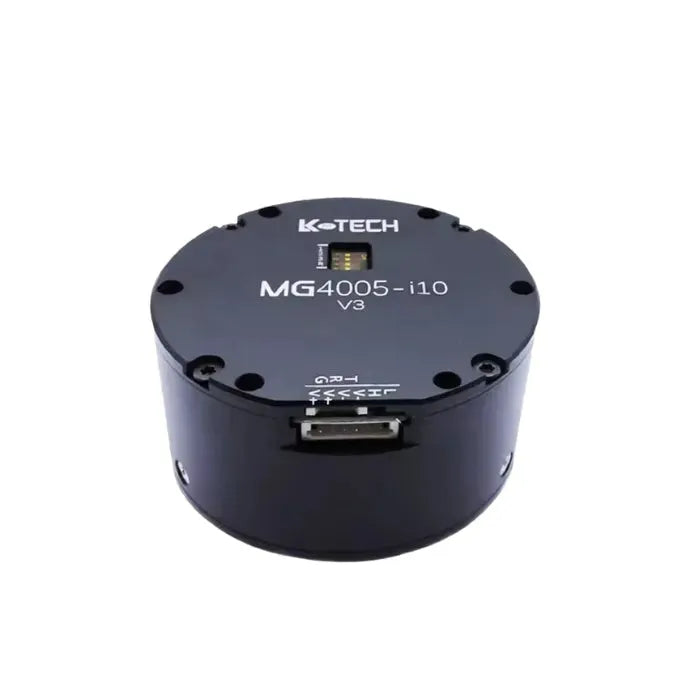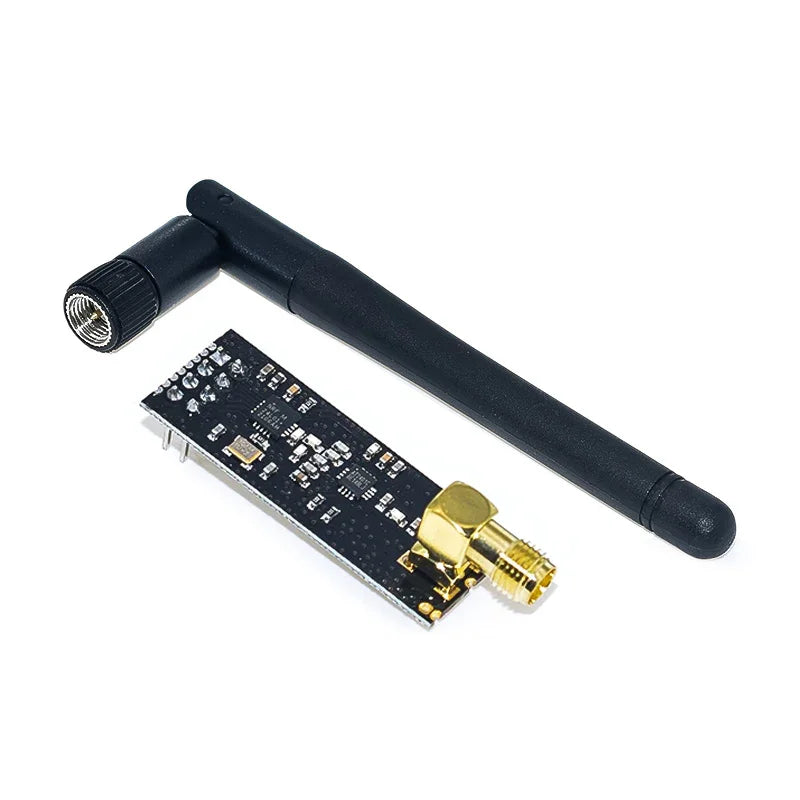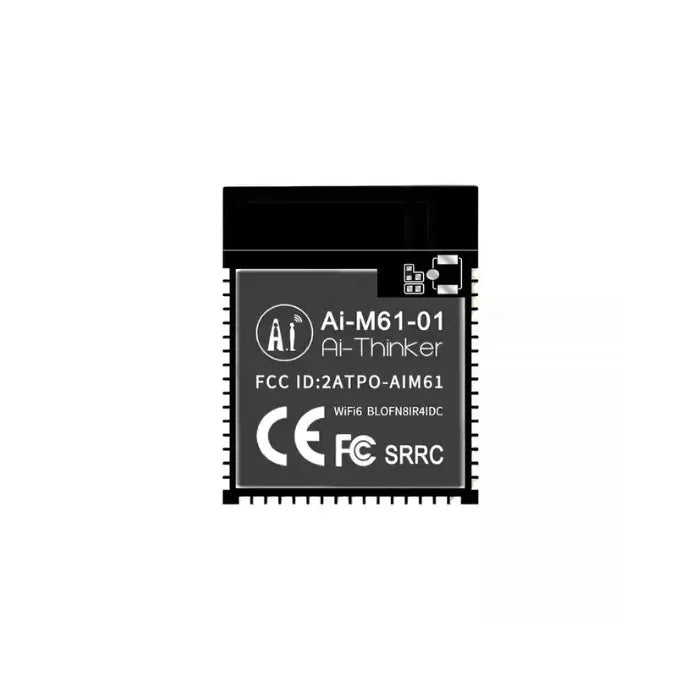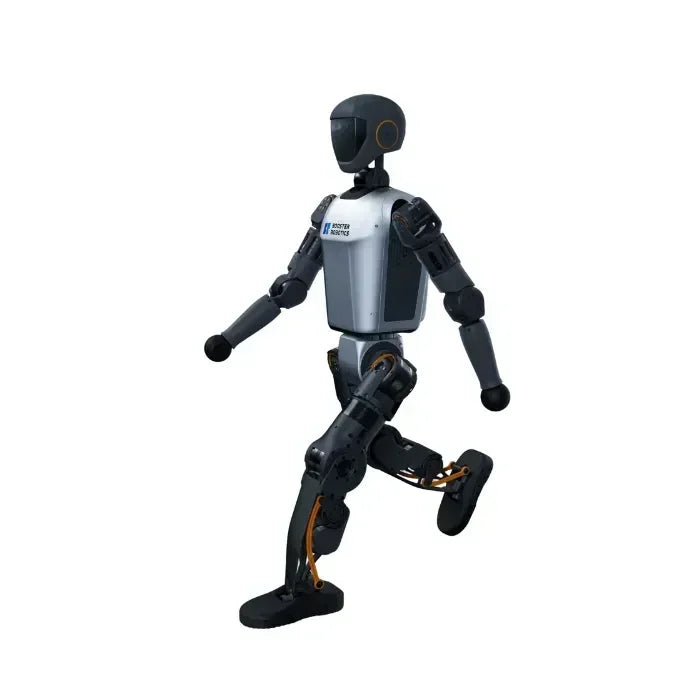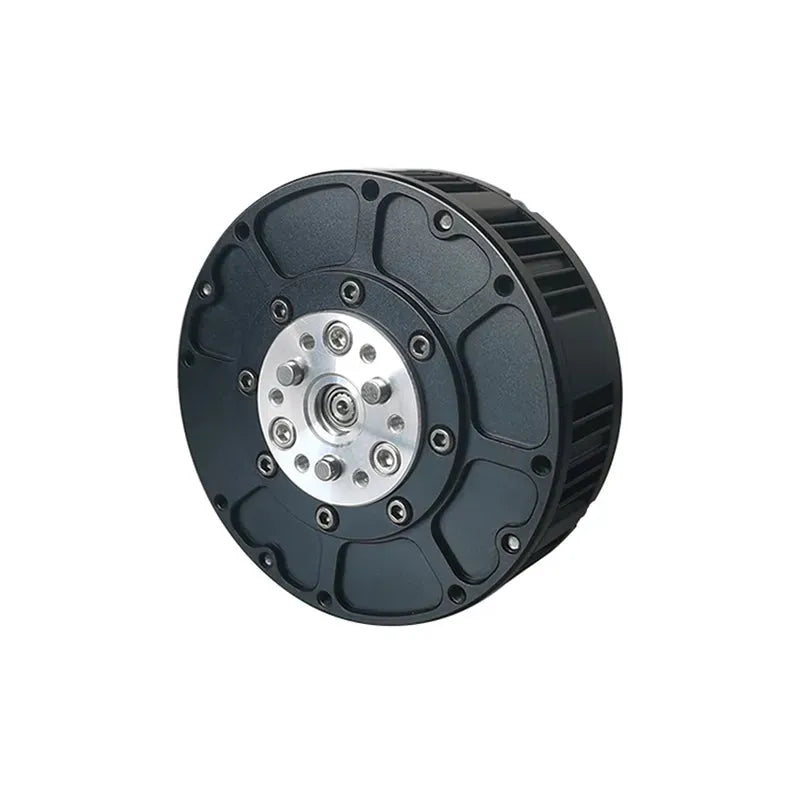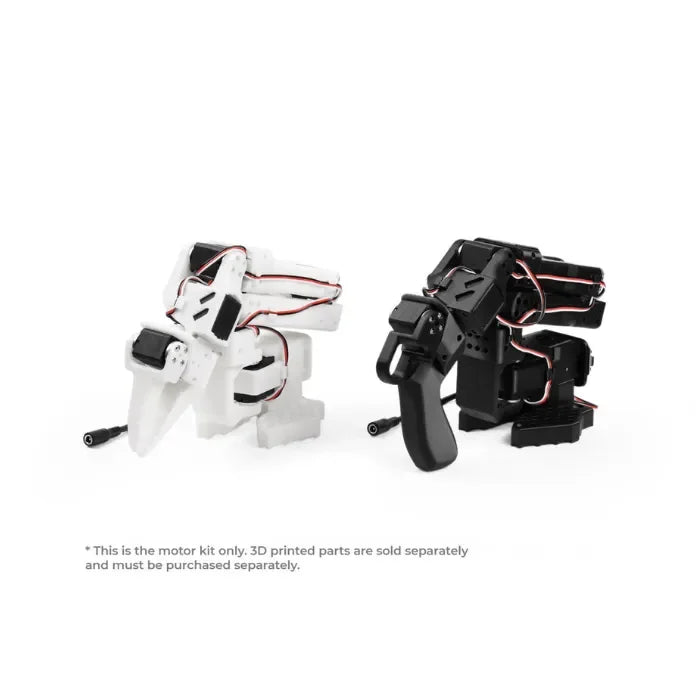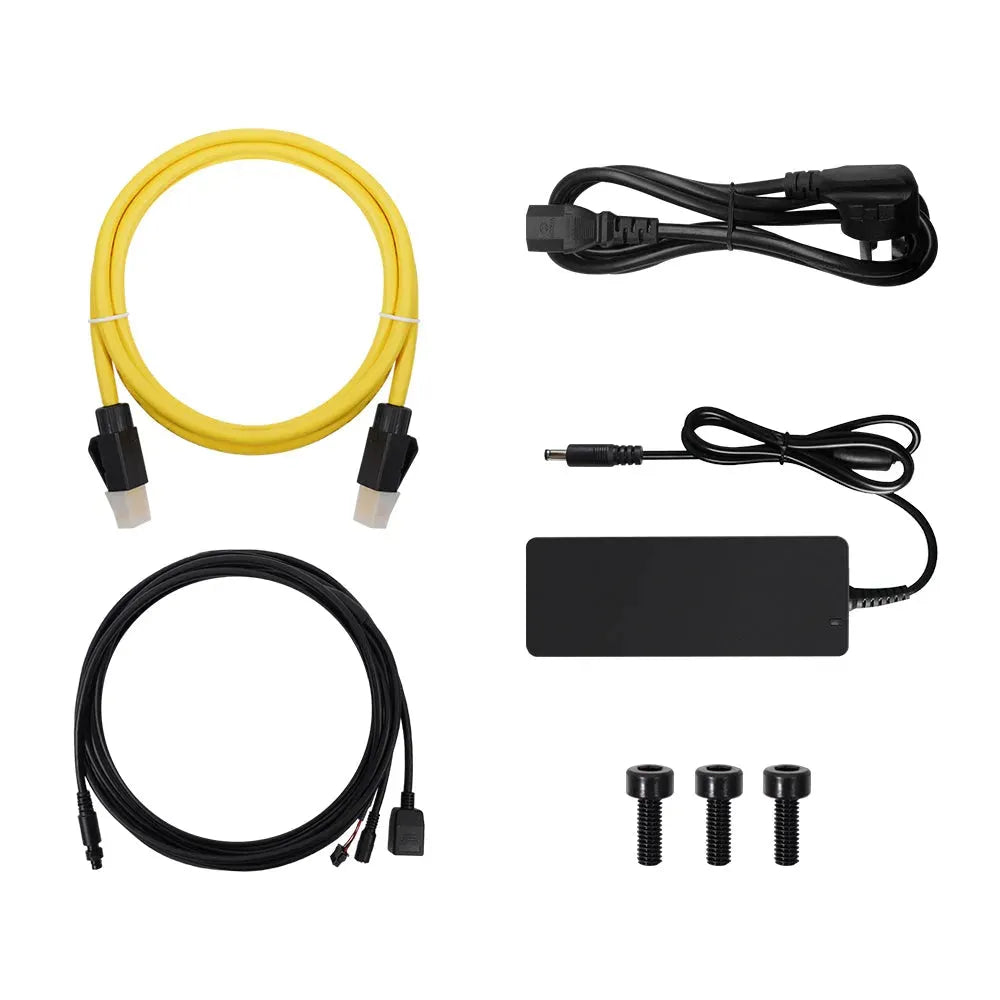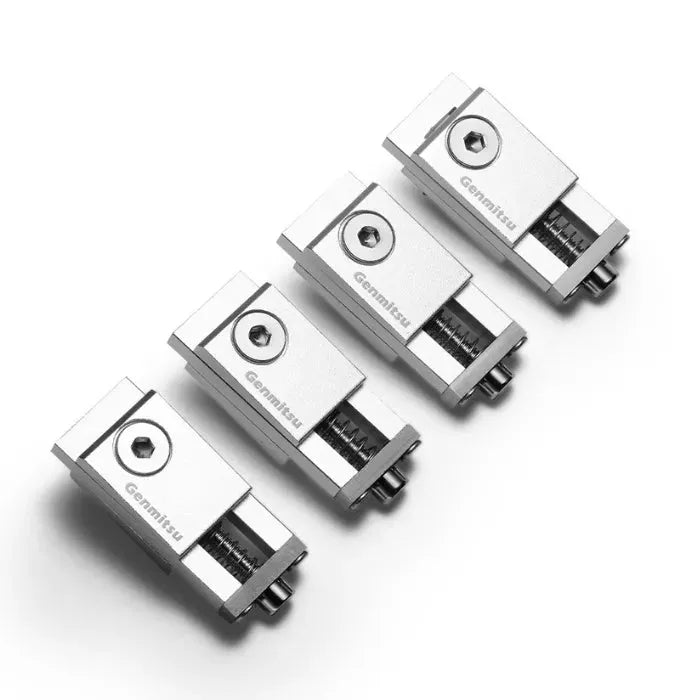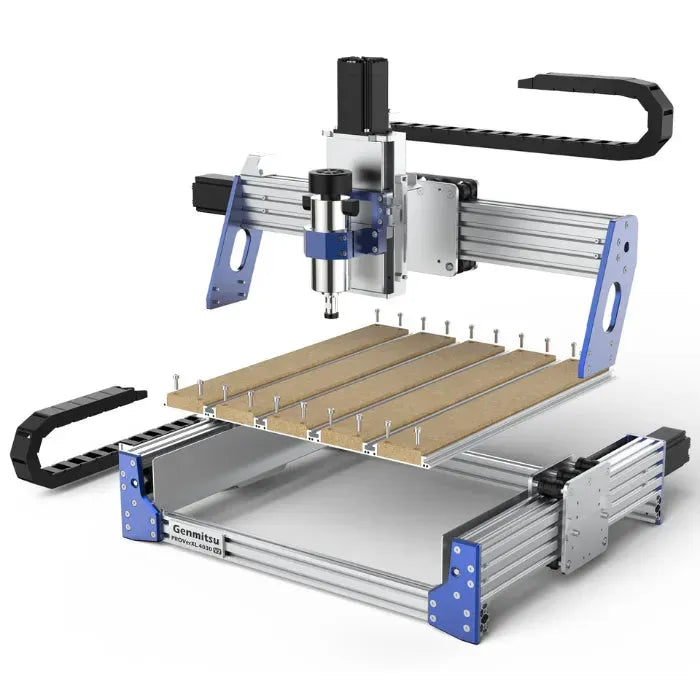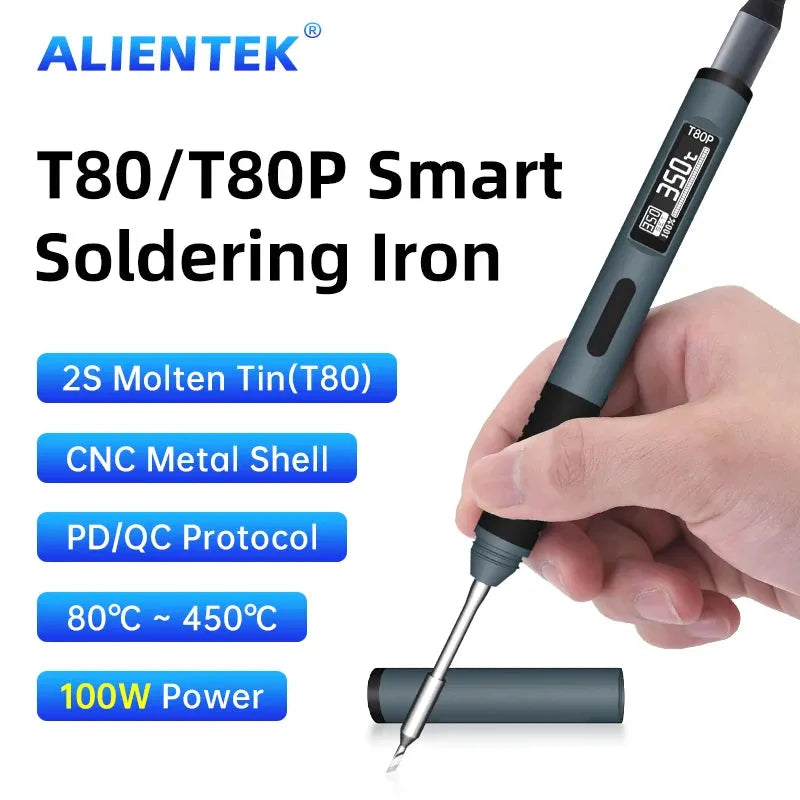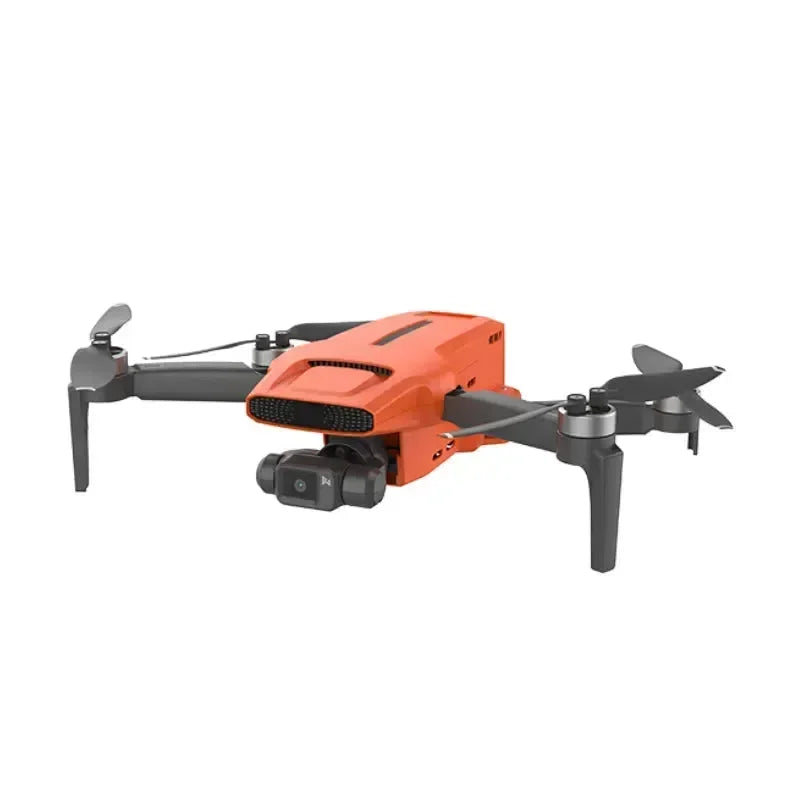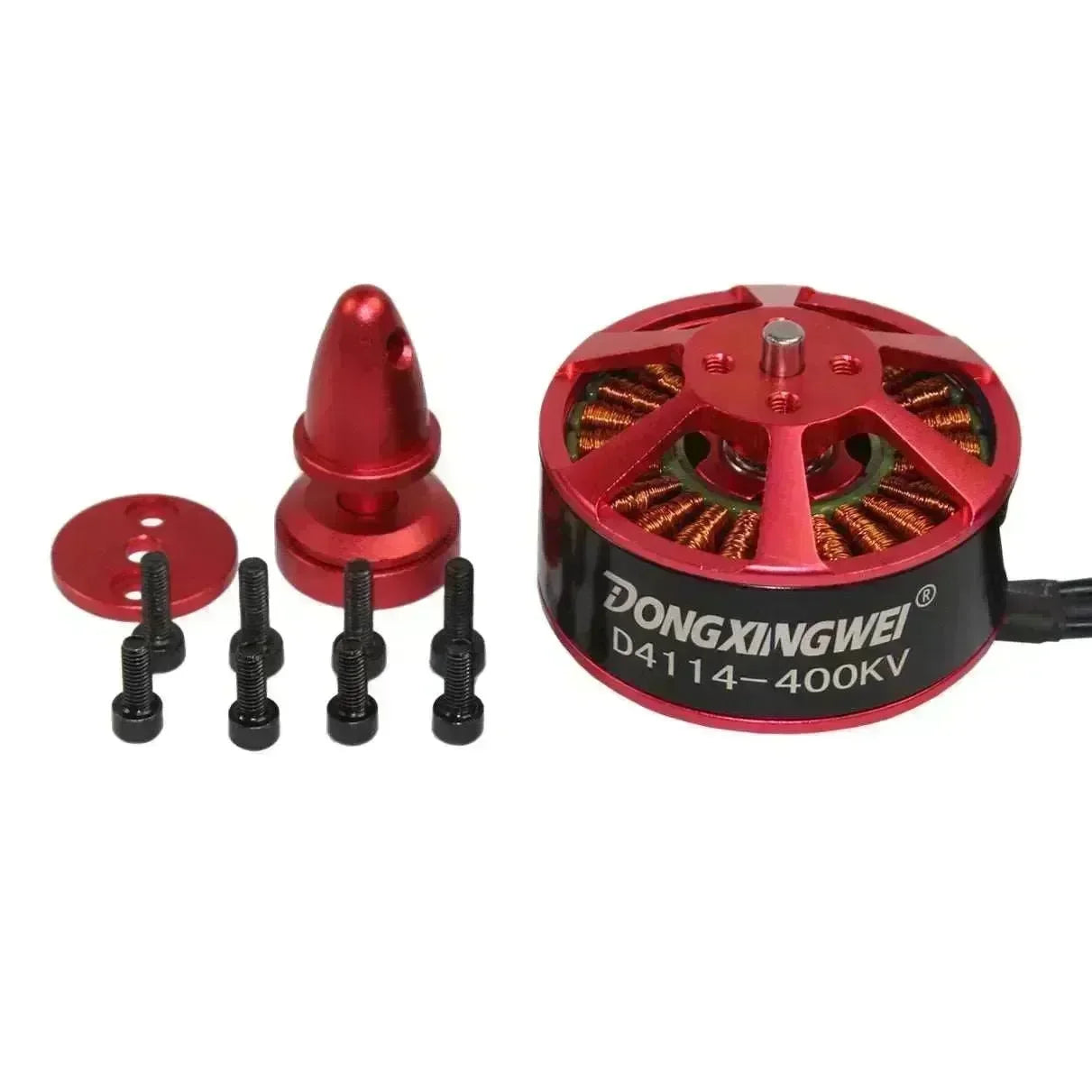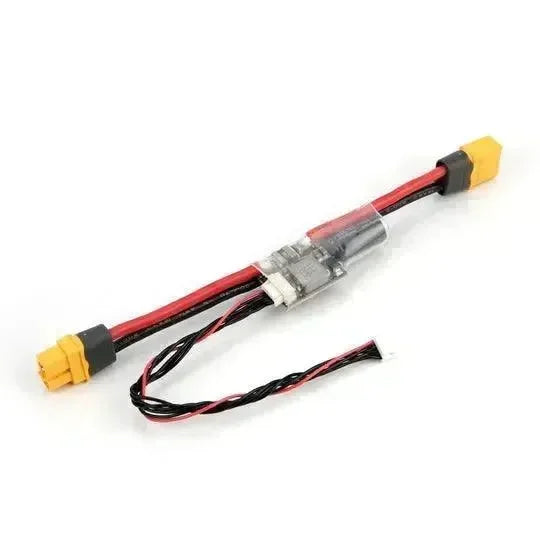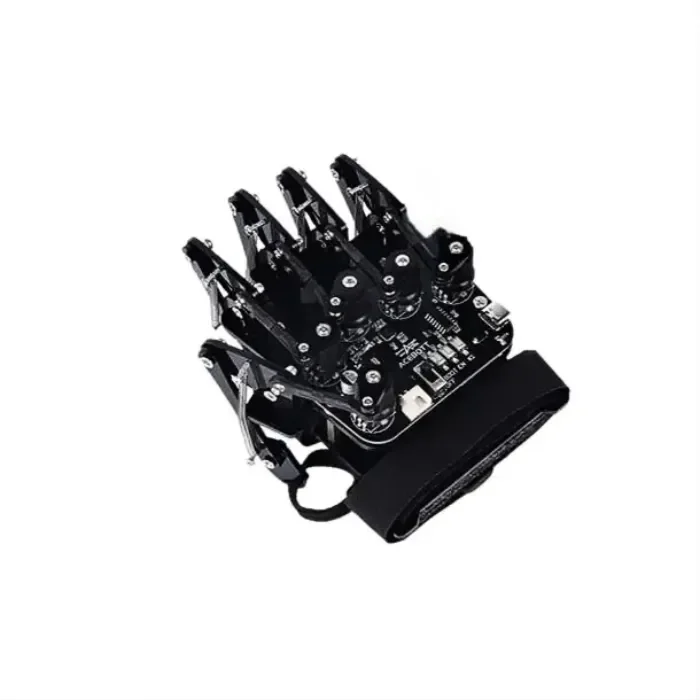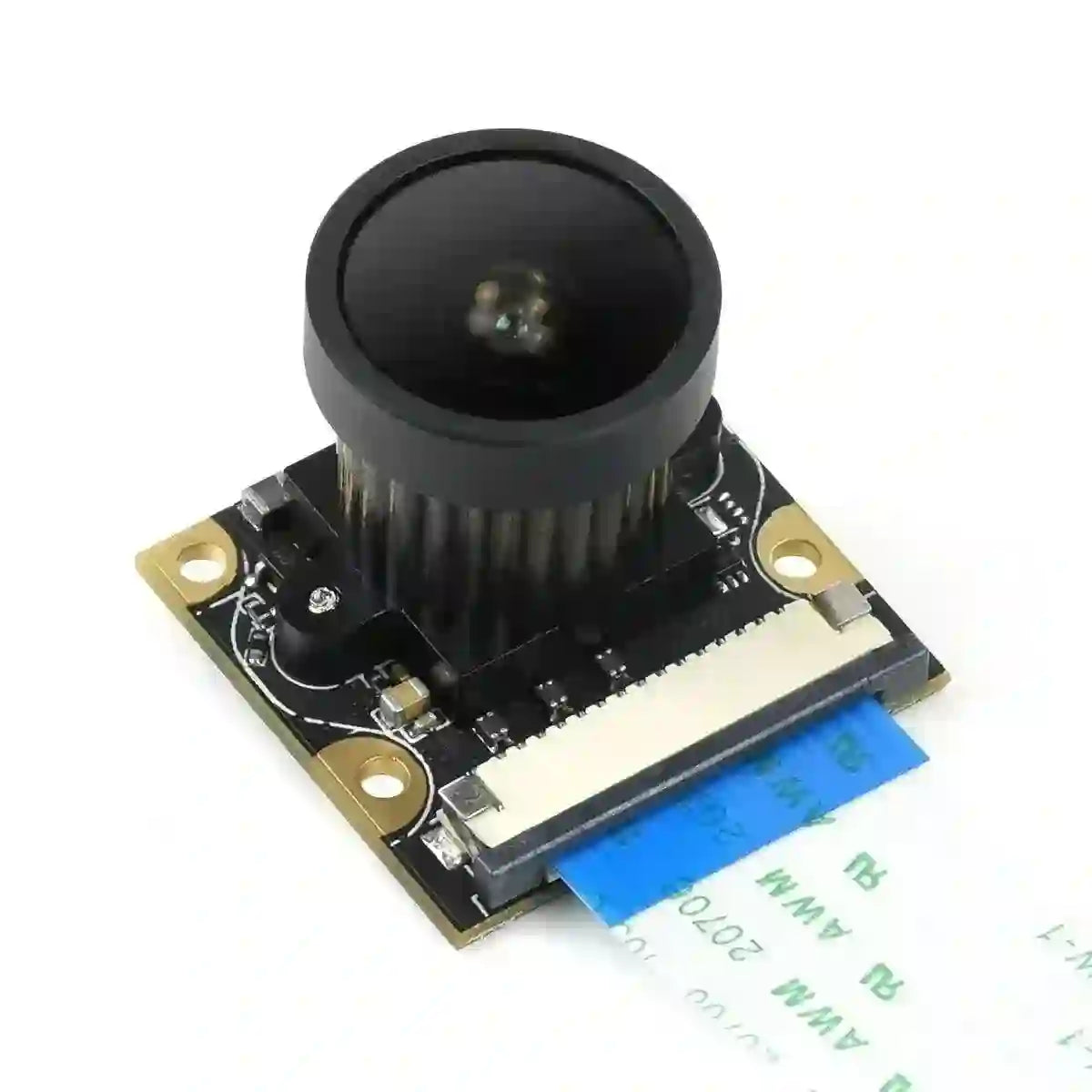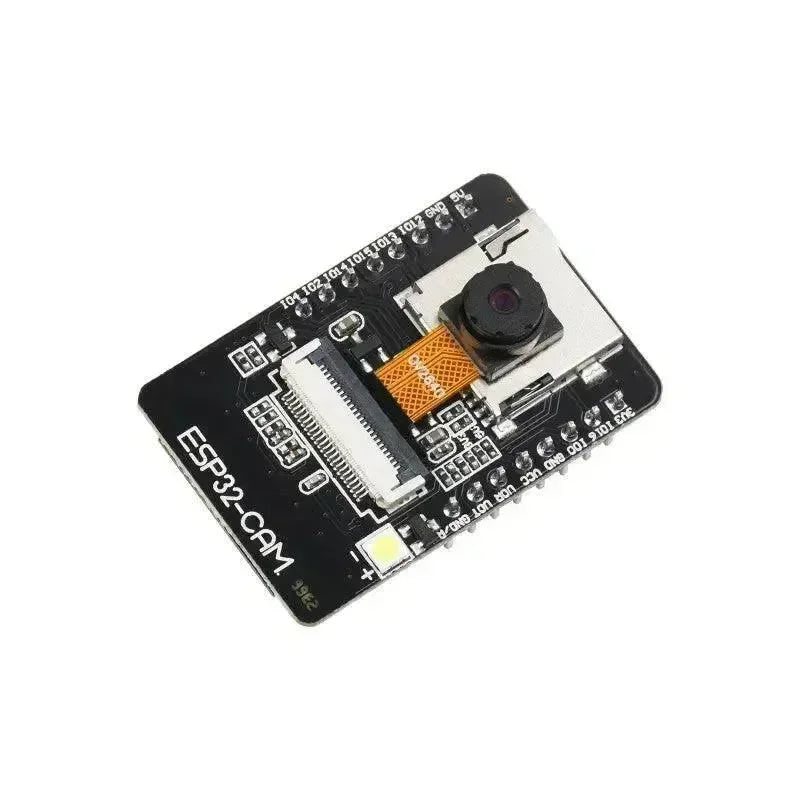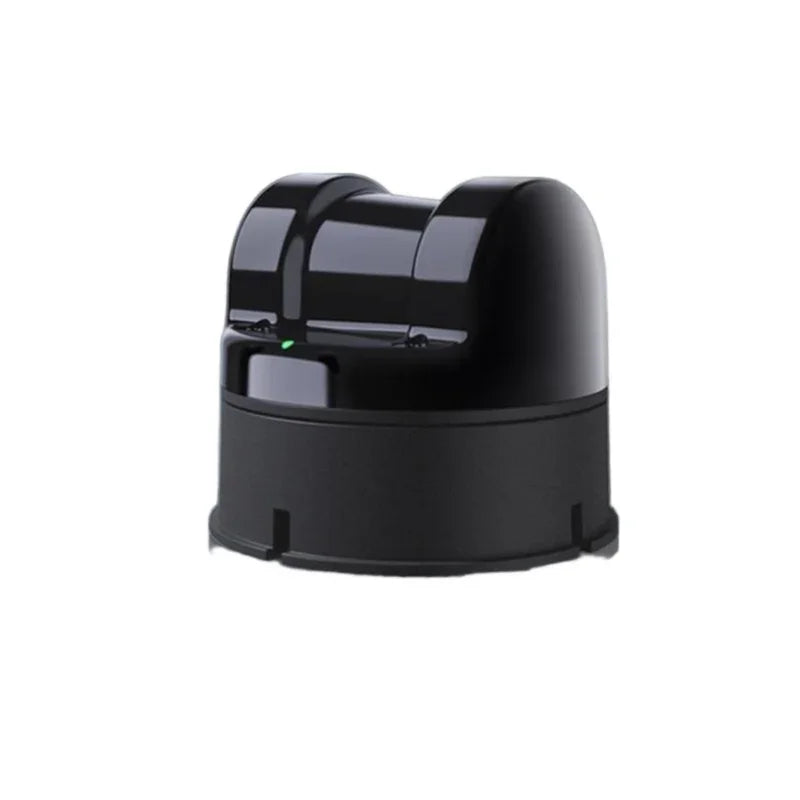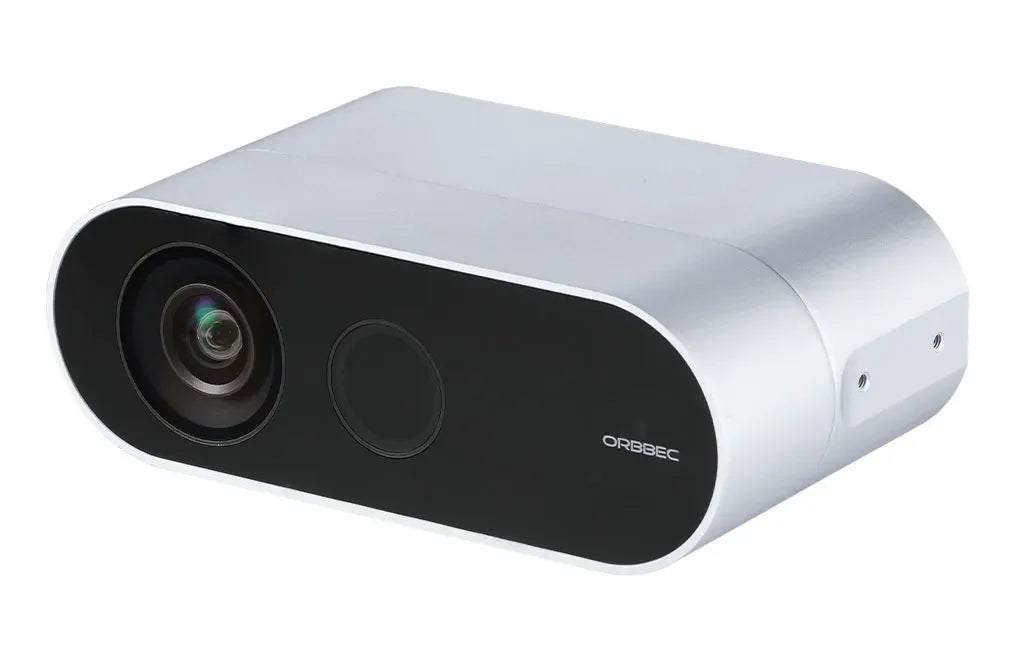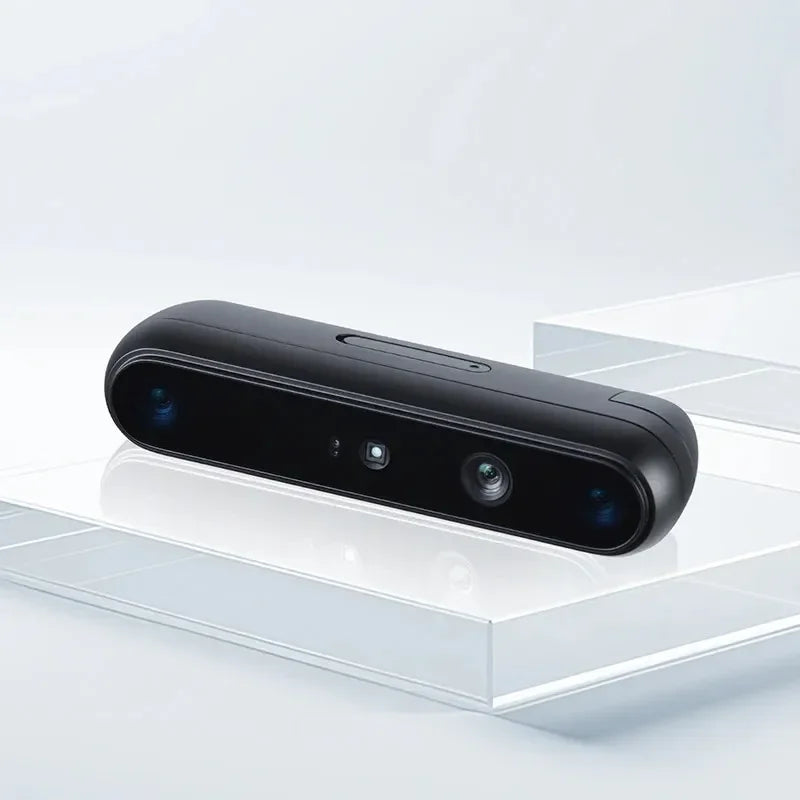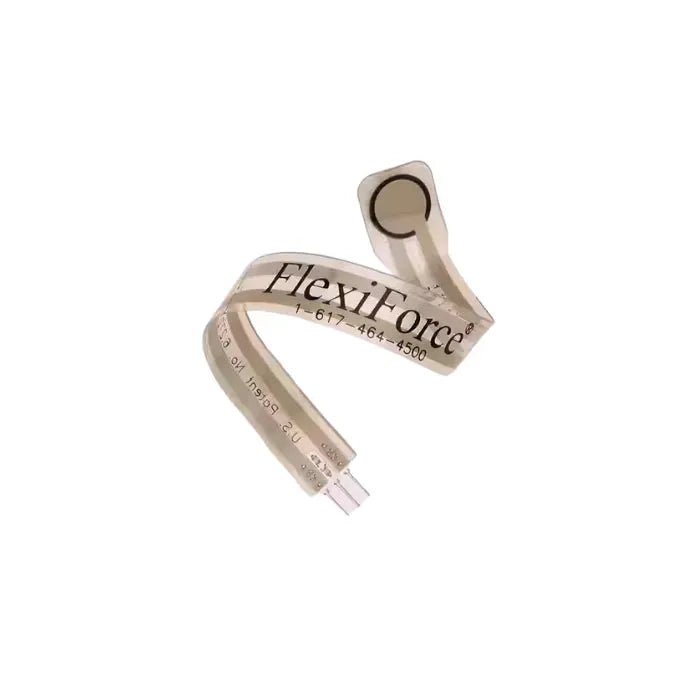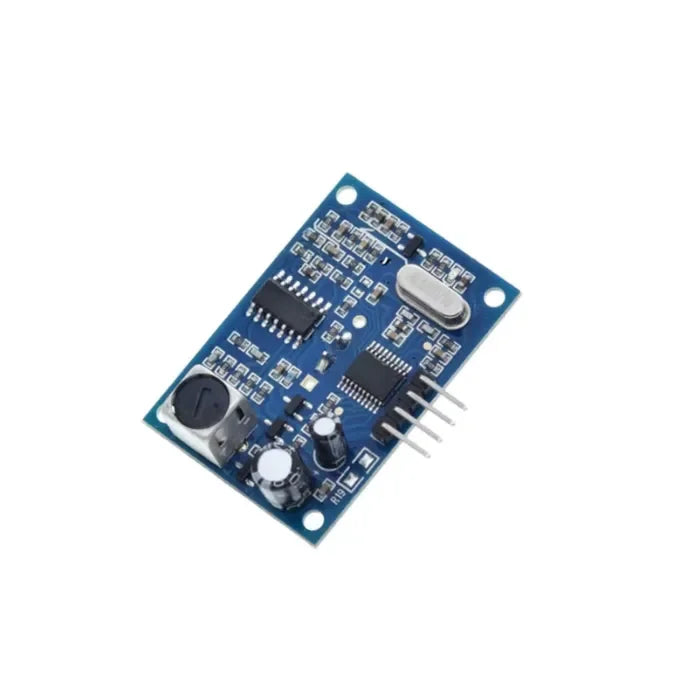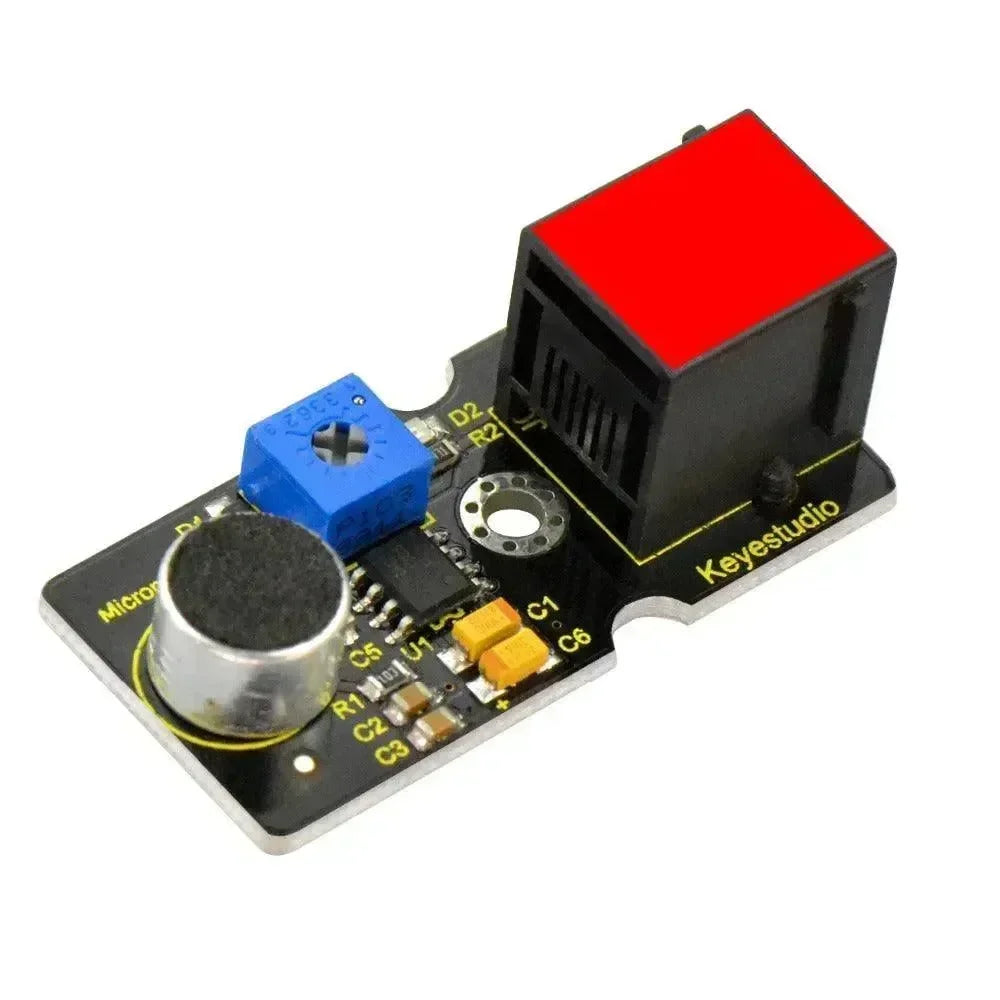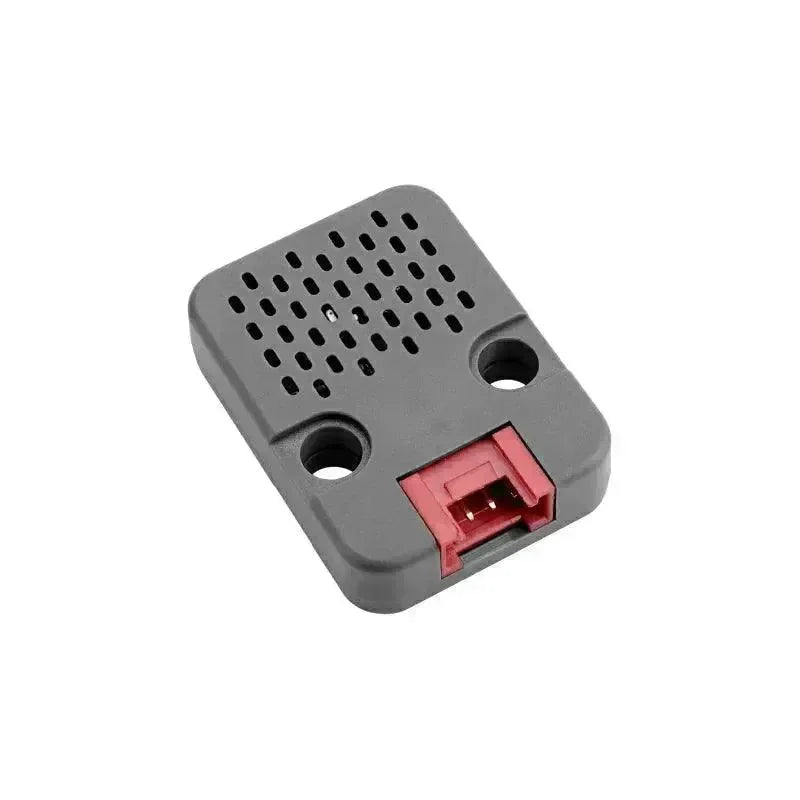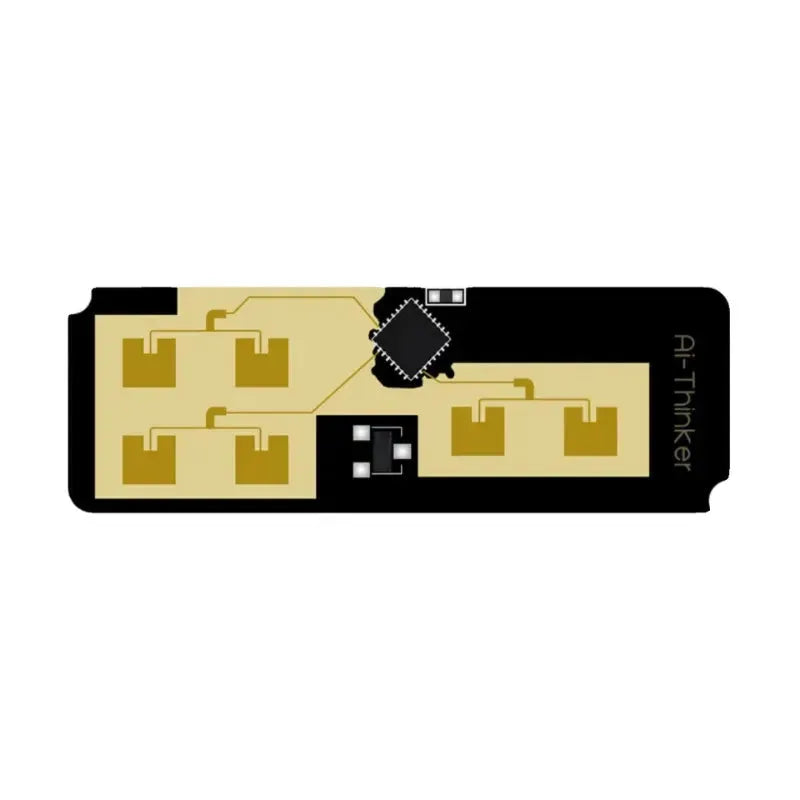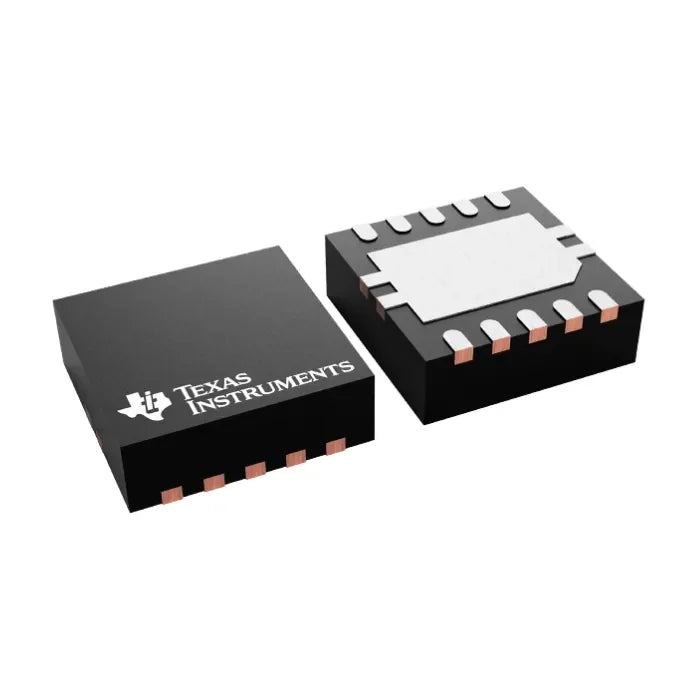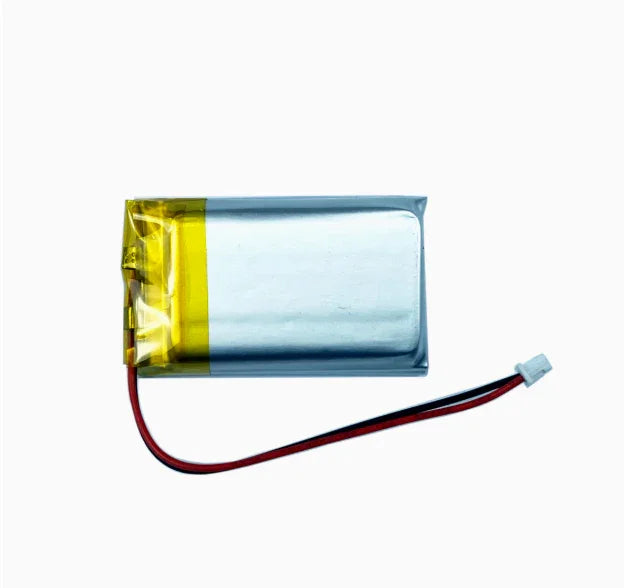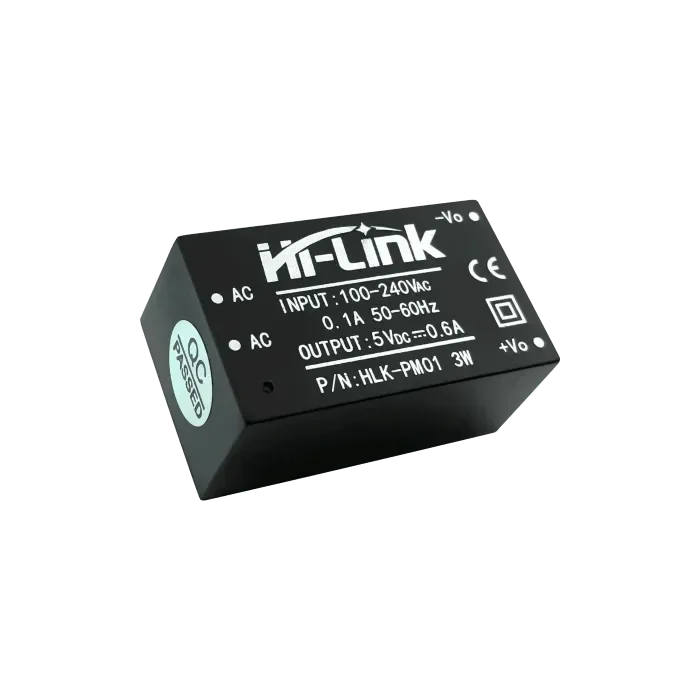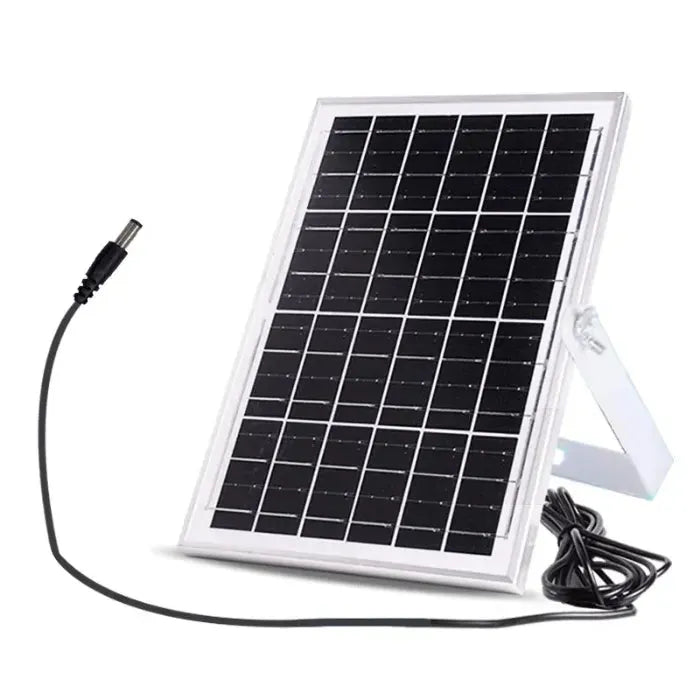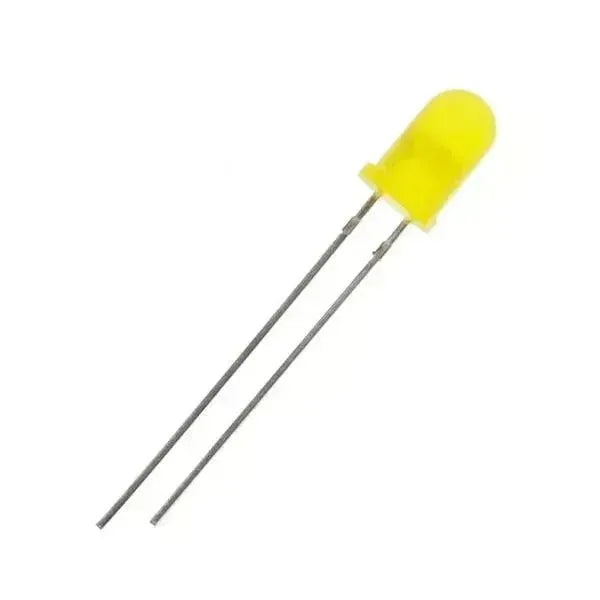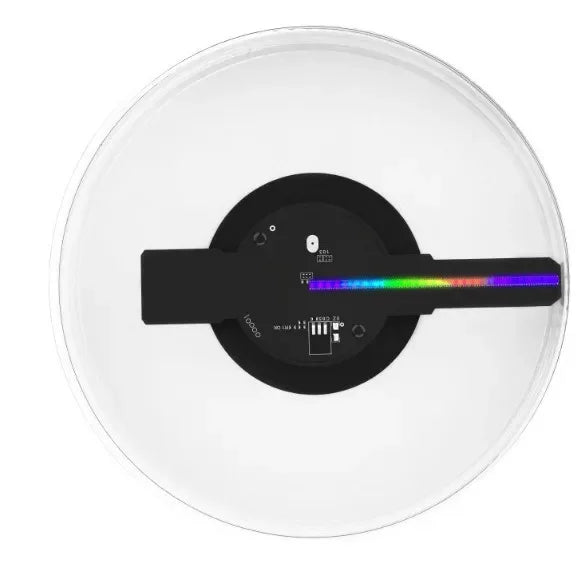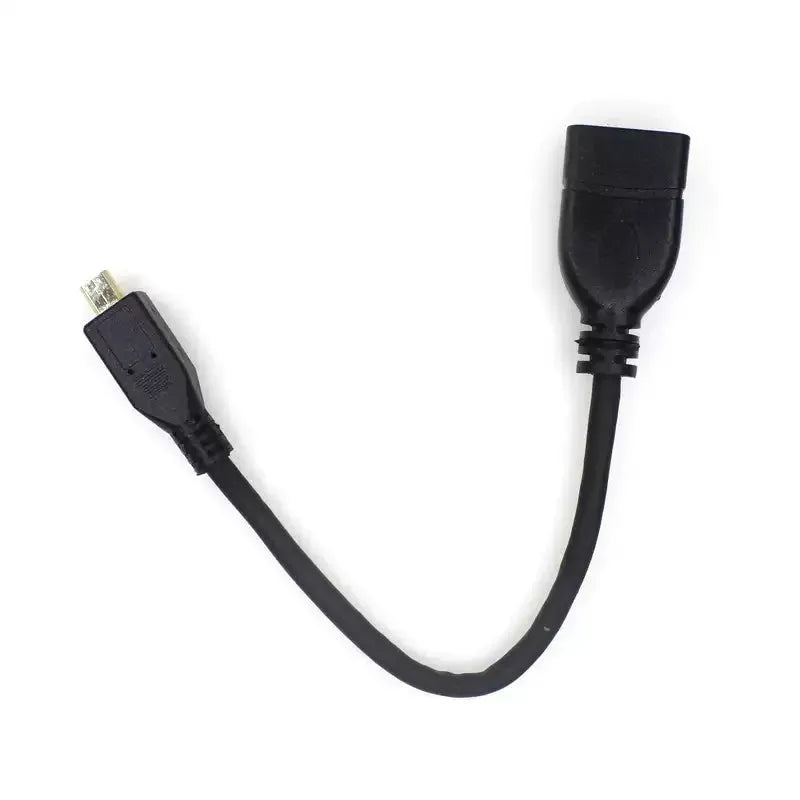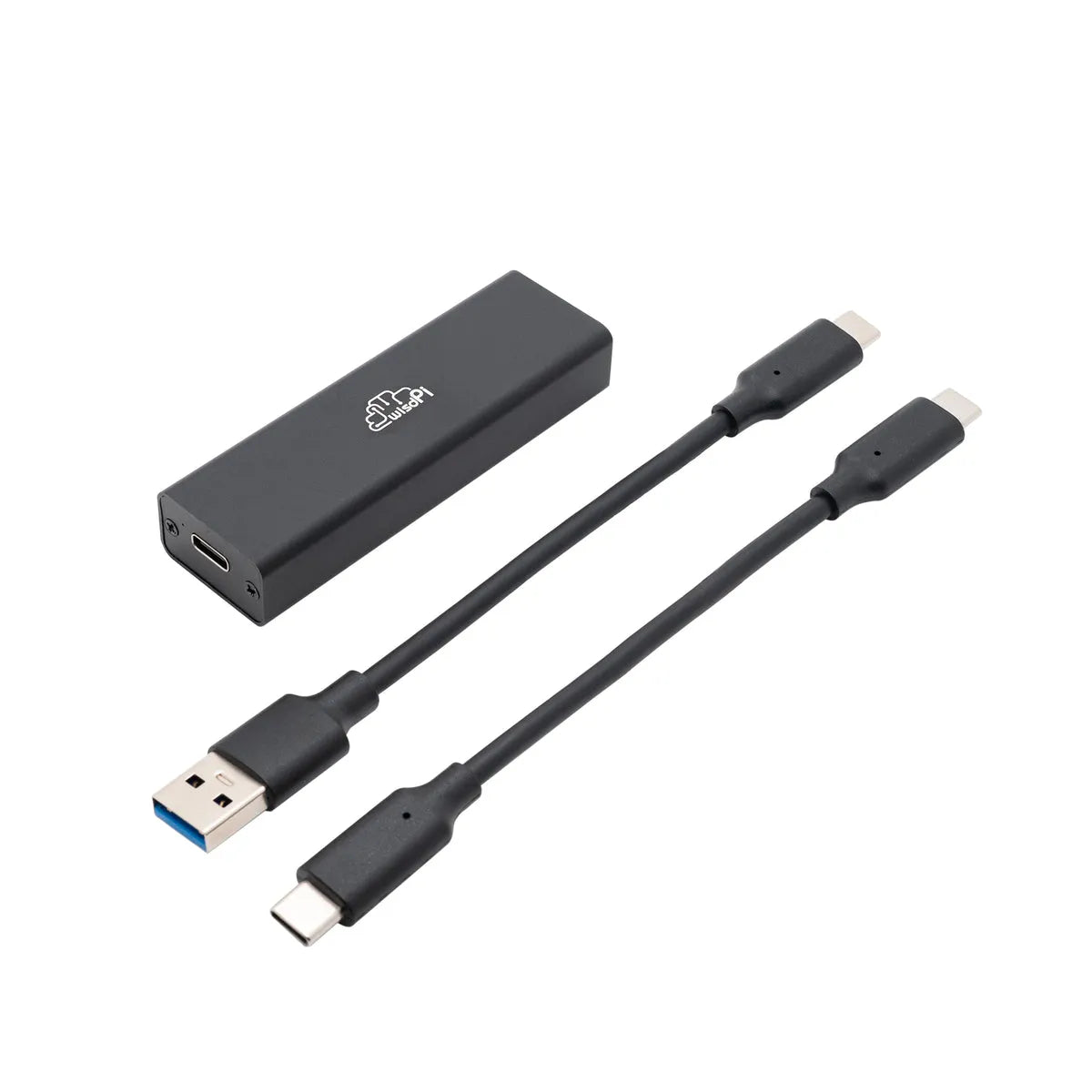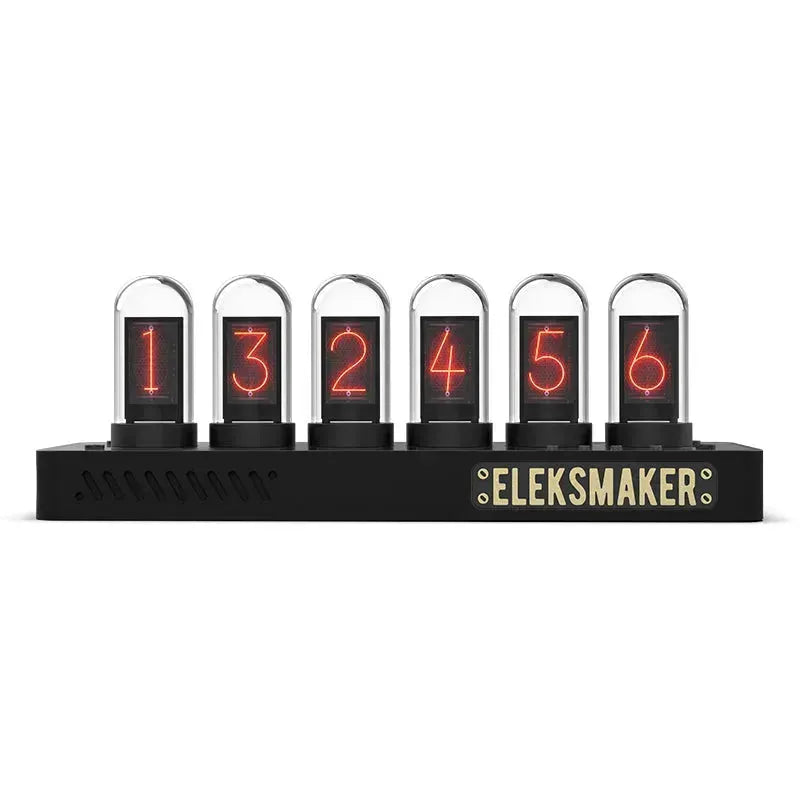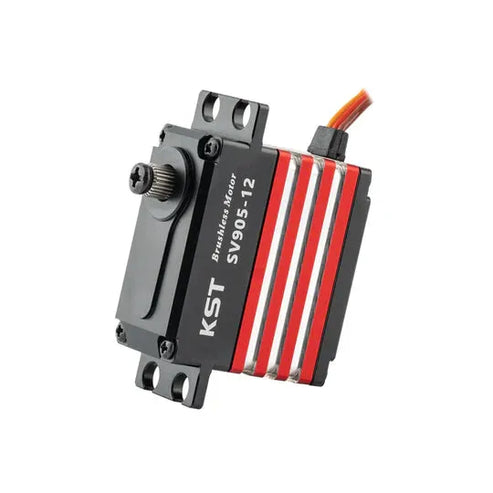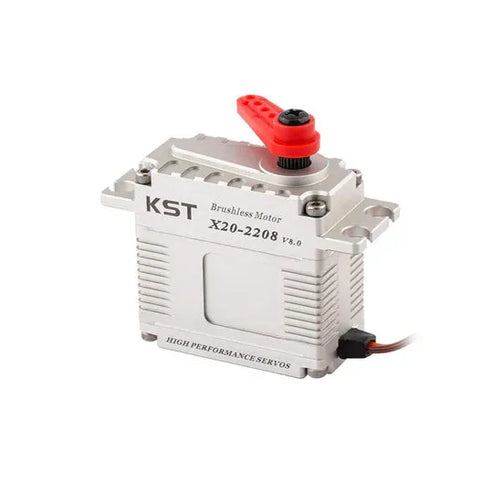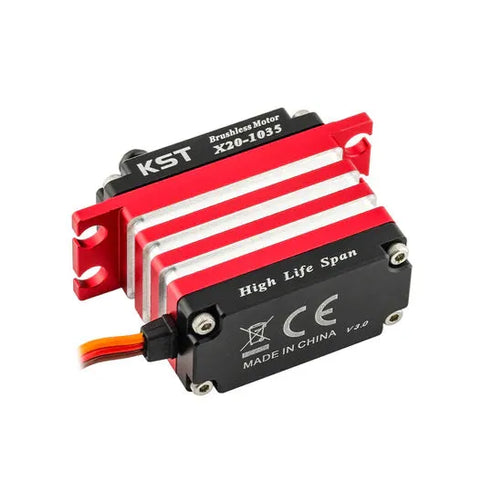
Key Differences
Comparison Table
| Feature | BLS905X | X20-1035 V3.0 | X20-2208 V8.0 |
| Application | Helicopter Tail | Helicopter Tail | Helicopter Cyclic |
| Operating Voltage | DC6.0V-8.4V | DC6.0V-8.4V | DC6.0V-8.4V |
| Torque (8.4V) | 8Kgf.cm | 12Kgf.cm | 2.5N.m (25.5 Kgf.cm) |
| Speed (8.4V) | 0.035sec/60° | 0.030sec/60° | 0.07sec/60° |
| Working Frequency | 760μs/560Hz | 760μs/560Hz | 1520us/333Hz |
| Case Material | Aluminum Alloy | Aluminum Alloy | Aluminum Alloy |
| Motor Type | Brushless DC Motor | Brushless DC Motor | Brushless DC Motor |
| Gear Set Material | Hardened Steel | Hardened Steel (HLS) | Hardened Steel (HLS) |
| Weight | 70g±10% | 72g±10% | 72g±10% |
| Ball Bearing | 2 BB | 6 BB | 6 BB |
| Case Dimensions | 40.5mm*20mm*38mm±0.2mm | 40mm*20mm*40mm±0.2mm | 40mm*20mm*40mm±0.2mm |
Shared Similarities and Advantages
-
Brushless Motors: All three servos utilize brushless DC motors. Brushless motors offer significant advantages over brushed motors, including higher efficiency, longer lifespan, and reduced maintenance. This translates to improved performance, increased power, and greater reliability.
-
CNC Aluminum Cases: The full CNC machined aluminum cases provide exceptional durability and rigidity. This robust construction protects the internal components from damage during crashes and harsh conditions. Additionally, the aluminum case acts as a heat sink, dissipating heat generated by the motor and electronics, ensuring consistent performance even under demanding workloads.
-
Hardened Steel Gears: All three servos incorporate hardened steel gears, ensuring exceptional strength and resistance to wear. This is crucial for withstanding the high torque and stress encountered in RC helicopter applications. The X20-1035 V3.0 and X20-2208 V8.0 specifically use High Life Span (HLS) hardened steel, further enhancing their durability and extending their service life.
-
High-Voltage Operation: With an operating voltage range of DC6.0V-8.4V, these servos are designed to work optimally with high-voltage power systems, enabling faster response times and increased torque output.
-
Precision and Reliability: KST servos are known for their precision and reliability, ensuring accurate and consistent control. This is essential for stable flight and performing complex maneuvers.
-
Temperature Range: All three servos can operate in a wide temperature range of -10°C to +65°C, making them suitable for various environmental conditions.
Applications
-
KST BLS905X: Specifically designed as a high-performance tail servo for RC helicopters, particularly those used for aggressive 3D aerobatics. Its speed and holding power are crucial for maintaining precise tail control during rapid maneuvers.
-
KST X20-1035 V3.0: Primarily intended as a tail servo for 500 to 800 class EP/GP helicopters. Often included in the X20 Combo set, offering a reliable and high-performance tail control solution.
-
KST X20-2208 V8.0: Engineered as a cyclic servo for controlling the helicopter's swashplate. Its high torque output enables precise and responsive control of the main rotor, allowing for stable hovering and accurate flight maneuvers.
FAQs
1.Which servo is best for my helicopter?
It depends on the application. For tail control, the BLS905X and X20-1035 V3.0 are excellent choices. For cyclic control, the X20-2208 V8.0 is designed to provide the necessary torque and precision.
2.What does HLS gear mean?
HLS stands for High Life Span. It refers to a specific type of hardened steel used in the gears for increased durability and resistance to wear.
3.Are these servos suitable for nitro helicopters?
Yes, all three servos are suitable for both electric and nitro-powered helicopters within the specified class ranges (500-800 for X20-1035).
4.What voltage range can these servos handle?
All three servos operate within a voltage range of DC6.0V-8.4V.
5.What is the difference between the working frequency of the cyclic and tail servos?
The cyclic servo (X20-2208) uses a working frequency of 1520us/333Hz, while the tail servos (BLS905X and X20-1035) use 760us/560Hz. This difference is optimized for their respective control functions, with the tail servo requiring a faster update rate.

